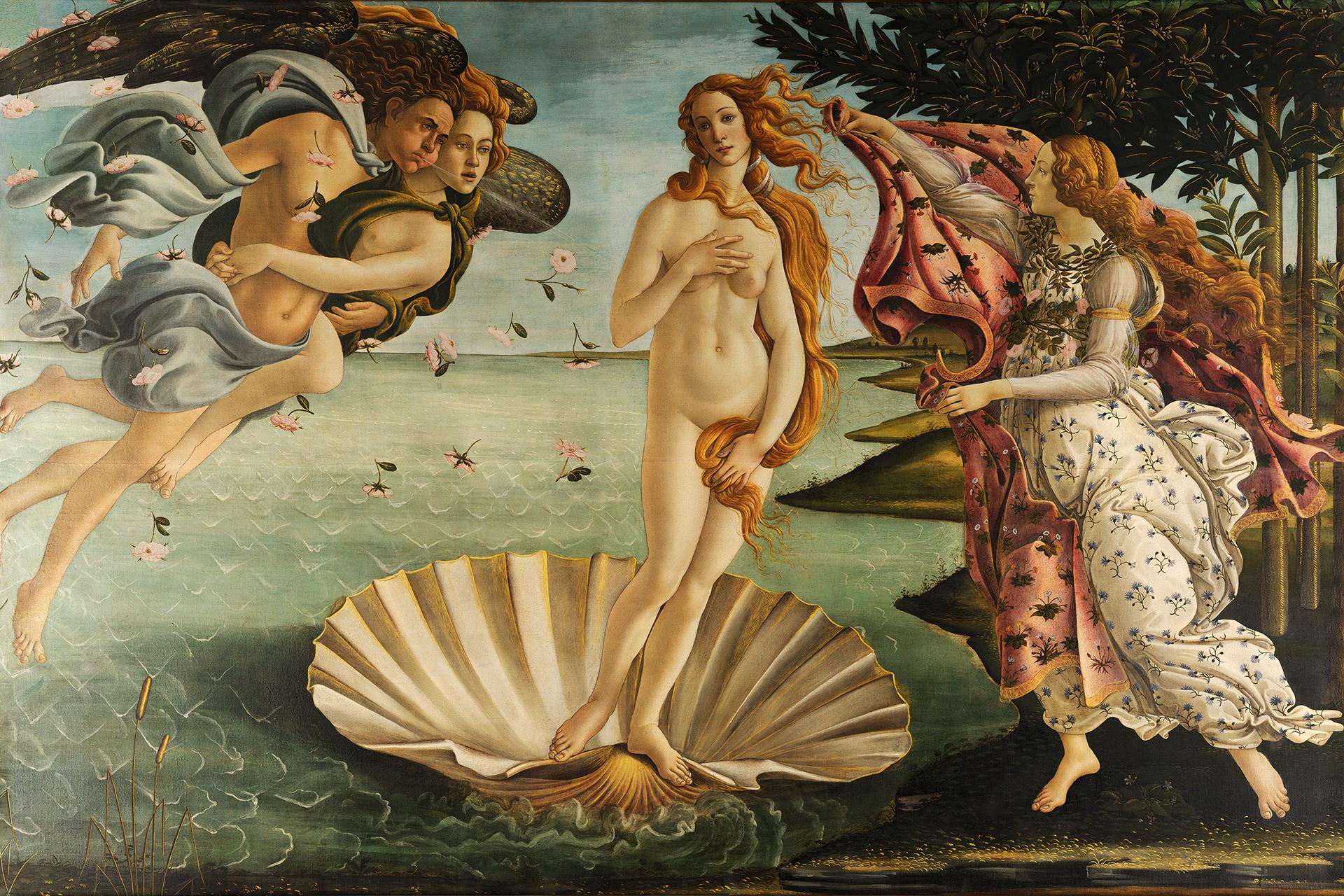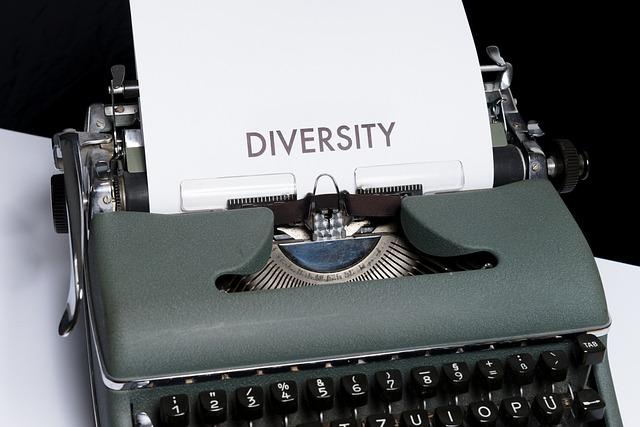Table of Contents
- Exploring the Origins and Significance of Gaias Roman Counterpart
- Understanding the Role of Terra in Roman Mythology
- The Cultural Impact of Gaias Transformation into Terra
- Comparative Analysis of Gaia and Terra in Ancient Beliefs
- Embracing the Legacy of Gaia and Terra in Modern Interpretation
- Q&A
- In Summary
Exploring the Origins and Significance of Gaias Roman Counterpart
In Roman mythology, Gaia is often associated with the earth goddess Terra, who embodies the essence and foundation of the physical world. Terra, derived from the Latin word for earth, represents not just the land itself, but the nurturing and sustaining aspects of nature. This deity is frequently depicted as a maternal figure, symbolizing fertility, growth, and the inherent power of the earth to provide. Her significance in Roman culture parallels the reverence shown towards Gaia in Greek mythology, emphasizing the universal appreciation for nature’s bounty.
The Romans, known for their ability to assimilate various elements from the cultures they encountered, integrated Terra into their pantheon to reflect their own understanding of the earth and its functions. She was often invoked in agricultural rituals, showcasing her importance in ensuring fruitful harvests and the well-being of the community. Terra’s symbolism extended beyond agriculture, serving as a reminder of the interconnectedness between humanity and the environment:
- Fertility and Abundance: Terra is celebrated for her role in the abundance of crops and livestock.
- Stability and Foundation: As the mother of earth, she symbolizes stability, underscoring the necessity of strong foundations for both structures and society.
- Protection and Nurturing: Terra is viewed as a nurturing figure, providing care and sustenance to all living beings.
In addition to her agricultural significance, the Roman goddess Terra is often linked with various festivals and ceremonies that acknowledge the cyclical nature of life and death. Her association with deities such as Ceres, the goddess of grain, highlights a duality where nourishment and sustenance are paramount for both body and soul. This synergy between Terra and Ceres illustrates how the Romans sought to understand and venerate their environment, reflecting deeply held beliefs regarding the earth’s ability to nurture and sustain civilization.

Understanding the Role of Terra in Roman Mythology
In ancient Roman mythology, Terra is revered as the personification of the Earth, embodying the fertile and nurturing aspects of the land. Much like Gaia in Greek mythology, Terra represents the foundational elements of agriculture, growth, and stability. Her role extends beyond mere representation; she is often invoked for blessings of fertility and abundance, making her central to various religious rites and agricultural festivals. Understanding Terra’s significance provides insight into how the Romans viewed their relationship with the land and their reliance on it for sustenance.
Terra is frequently depicted in art and literature as a maternal figure, symbolizing the nurturing qualities of the earth. This is reflected in her associations with other deities and mythical figures. Among these connections are:
- Ceres: The goddess of agriculture, who is often depicted alongside Terra, highlighting their intertwined roles in ensuring fruitful harvests.
- Faunus: The deity of forest and fields, who embodies the wild aspects of nature and works in harmony with Terra.
- Venus: Sometimes linked to natural fertility, enriching the connection between love, beauty, and the earth’s bounty.
Furthermore, Terra’s veneration can be traced in various myths and rituals that emphasize her importance within the Roman pantheon. Festivals such as the Circe’s Ludi, celebrated in honor of the earth goddess, often showcased the people’s devotion to her through rituals that encouraged agricultural prosperity. Her influence can also be seen in the architectural choices of temples dedicated to her, which were built to honor her and celebrate the life-sustaining aspects of the earth.

The Cultural Impact of Gaias Transformation into Terra
The transformation of Gaia into Terra symbolizes a profound shift not just in mythology, but also in cultural consciousness. This evolution reflects humanity’s growing connection to the natural world and the reverence for Mother Earth. As cultures began to adopt the Roman pantheon, the shift from Gaia, the Greek personification of the Earth, to Terra, her Roman counterpart, represented more than a mere name change; it was an acknowledgment of the integral role that the environment plays in our existence. This transition can be seen in various artistic expressions, literature, and rituals that evolved during the Roman era.
The following aspects highlight the cultural impact of this transformation:
- Art and Literature: The depictions of Terra in Roman art were imbued with symbolism and often conveyed themes of fertility, stability, and abundance, which resonated deeply in agricultural societies.
- Philosophical Reflections: The shift influenced philosophical discourse, with thinkers pondering humanity’s relationship to nature, emphasizing stewardship and harmony instead of dominance.
- Spiritual Practices: The worship of Terra included various rites that connected the populace to the land, reinforcing community bonds and fostering a collective identity rooted in their environment.
Furthermore, the transition also had lasting implications on ecological awareness in later cultures. As societies looking back at Roman influences, they began to weave theories of sustainability into their belief systems. The notion that a proper connection to Terra ensures prosperity became a guiding principle, inspiring movements that call for environmental responsibility. This legacy continues to be relevant today, as modern interpretations of Terra encourage a renewed commitment to ecological preservation and sustainability, echoing the ancient wisdom embodied in Earth worship.

Comparative Analysis of Gaia and Terra in Ancient Beliefs
The personification of nature has been a focal point in various ancient religions and mythologies, notably through the figures of Gaia and Terra. In Greek mythology, Gaia is revered as the primordial goddess of the Earth, embodying the very essence of creation and nurturing. She represents not merely the land but the foundational structure of existence, providing sustenance and life to both flora and fauna. The Greeks regard her as the mother of Titans, reinforcing her role as a progenitor of major forces within their mythology.
Conversely, the Roman interpretation of Terra symbolizes the same earthly qualities yet is often depicted in the context of agriculture and fertility. While Terra encompasses the broader aspects of the Earth, emphasizing its agricultural bounty, she often stands as a figure who addresses humanity’s reliance on the land for sustenance. The Romans favored Terra for her practicality, integrating her into agricultural festivals and rituals that celebrated the cycle of planting and harvesting, thus nurturing a communal bond to the land.
Despite their similar domains, the nuances between Gaia and Terra shine through in their cultural significance. While both deities signify Earth’s importance, their narratives diverge in approach and emphasis. For example, consider the following comparison that highlights their respective attributes:
| Attribute | Gaia (Greek) | Terra (Roman) |
|---|---|---|
| Role | Primordial Mother and Creator | Goddess of Agriculture and Fertility |
| Cultural Significance | Catalyst for cosmic creation | Focus on agricultural cycles |
| Depictions | Mythical representation in epic stories | Symbols of harvest and bounty |
Through this comparative analysis, we see not only the shared heritage of these two divine figures but also how cultures adapt and intertwine their understanding of nature, yet infuse it with unique values and practices. The contrasts invite reflection on how humanity perceived their relationship with Earth and the lessons drawn from both Gaia’s primordial strength and Terra’s earthly practicality.

Embracing the Legacy of Gaia and Terra in Modern Interpretation
In contemporary discourse, the legacies of Gaia and Terra resonate through various cultural lenses, enriching our understanding of nature and the environment. Gaia, as the personification of Earth in Greek mythology, symbolizes the nurturing aspects of the planet, while Terra, her Roman counterpart, embodies the grounded solidity that portrays Earth as a life-giving force. This duality offers a rich tapestry from which modern thinkers can draw inspiration, encouraging a balance between nurturing and strength in our environmental practices.
Reflecting on their influence, we see a growing movement that emphasizes sustainability and interconnectedness with nature. Current interpretations advocate for a harmonious relationship with the planet, advocating for ecological consciousness in everyday life. Key areas of focus include:
- Permaculture practices that emulate natural ecosystems.
- Rituals and celebrations that honor seasonal changes and earth cycles.
- Artistic expressions that transform our perception of nature, fostering deeper connections.
Moreover, educational initiatives inspired by Gaia and Terra encourage younger generations to respect the environment. An example of this can be observed in various community programs integrating eco-literacy into school curriculums, rooted in the philosophies of these ancient deities. The following table illustrates the core tenets observed in these modern teachings:
| Core Tenets | Description |
|---|---|
| Interdependence | Recognizing the intrinsic connections among all life forms. |
| Respect | Honoring the earth as a living entity. |
| Responsibility | Taking action to protect and sustain our natural world. |
Q&A
Q&A: Understanding Gaia’s Roman Name and Its Significance
Q: What is Gaia’s Roman name? A: Gaia, the personification of Earth in Greek mythology, is known as Terra in Roman mythology. Both names evoke the essence of the earth and its nurturing qualities.Q: Why is Terra significant in Roman mythology? A: Terra represents the Roman bond with nature and the earth. As a goddess, she signifies fertility, the land’s bountifulness, and the foundation of life itself. The importance of agriculture in Roman culture made Terra a revered figure.
Q: How does Terra differ from Gaia in terms of mythology? A: While Gaia is primarily known for her role as the primordial goddess in the Greek pantheon, Terra aligns more closely with Roman values and traditions. Roman mythology often emphasized practical aspects such as agriculture, which differentiates Terra’s narrative and significance from Gaia’s more universal, creative role in the Greek mythos.
Q: Are there any major myths associated with Terra? A: One of Terra’s most notable associations is with her children, the Titans, and her role in the Cosmic Order. While specific myths about Terra are less prominent than those surrounding Gaia’s depictions, Terra still echoes themes of creation, nurturing, and stability, which were foundational to Roman identity and law.
Q: How do modern interpretations reflect Gaia/Terra? A: In contemporary discussions, Gaia is often used to symbolize environmental movements, highlighting the interconnectedness of life and the importance of protecting the Earth. Terra, on the other hand, is less commonly referenced but remains a symbol of grounding, stability, and the fundamental importance of land.
Q: What is the cultural impact of Gaia/Terra today? A: Gaia has become a prevalent symbol in environmentalism and eco-consciousness. Thousands advocate for sustainable practices, often invoking her spirit. Terra, while less visible in modern discourse, reminds us of our roots and the historical significance of land in shaping societies.
Q: How can understanding the link between Gaia and Terra enhance our appreciation of nature? A: Recognizing the connection between Gaia and Terra allows us to appreciate the diverse ways cultures interpret the Earth’s value. It fosters a deeper respect for nature, encouraging us to nurture our environment similarly to how ancient civilizations revered the Earth, highlighting our shared responsibility for the planet.—This Q&A not only clarifies the connections between Gaia and her Roman counterpart, Terra but also emphasizes their enduring relevance in both ancient and modern contexts.



0 Comments